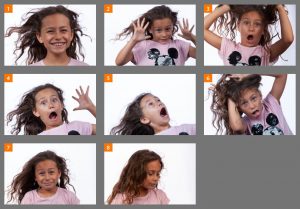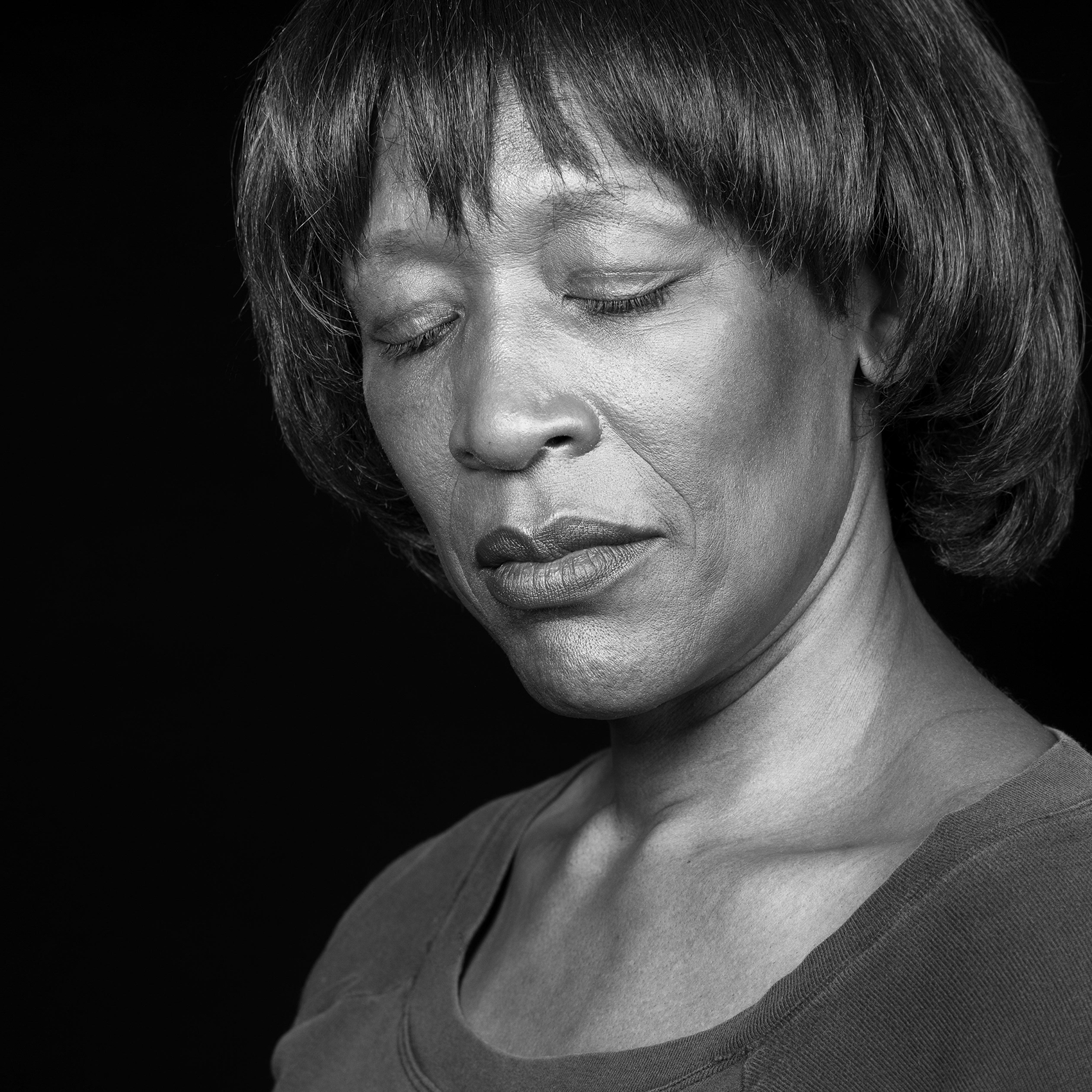
What others say
Children Portraits review by Lensculture
Do you know Lensculture (www.lensculture.com)? They are an excellent source for high class photography and they also organize competitions. More important is that you can receive a professional review for your submission. It is great to receive feedback from an industrial professional and it can help a lot to improve your work. Furthermore it can be very enchouraging, as you can see below. Besides the review you also receive a lot of links and rec ommendations for further studies. I think, it is really worth it. I received this feedback for my submission “Julia’s unplanned portrait session”. The photos are shown in the children’s portrait blog.

Here is the review:
Hello Alexander. I chose your portfolio for review, titled, “Julia’s unplanned portrait session” because it’s visually interesting and clearly a fun, creative approach to portraiture. I have taken some time to study your photos, looking for visual clues that communicate how your ideas for your creative photography are displayed in the photos. By looking at the group of photos it seems like you are experimenting with a direction and a style and I can see that coming together in this set of images. You tell an entertaining story about Julia and her unwillingness to talk. You came up with a great idea where you pretended to, “turn a switch and the second I did so, she started talking. I was lucky. She helped me with translations and the longer the shooting with her father took, the more she opened up. Finally I also did a portrait shooting with her and as you can see, she is a very extrovert and funny young lady.” As a result, Julia’s personality and excitement comes through the photos! And, this was such a great story about how the photo session came to happen!

(original size photos please find on the portrait page Portrait)
An interesting quality of your work is how it crosses the lines between candid photography and formal portraits. Your images strike me as illustrating a lot of ideas having to do with the fun aspects of youthful expression. I see the photos as studies of expressions of the child’s body and mind. For example, I see an expression of surprise in photo 2, joy in photo 1, whimsy in 6, curiosity in number 7, and seriousness in number 8. The emotional expressions in your portraits are very prominent. I can see that these high-volume emotional states could all be in some way qualities you may want to discuss in your statement. I will point out that in 6 of the 8 of the photos Julia is looking at the camera – and thus, the viewer.
The photos seem completely candid and undirected, which is the style of this genre of photography. The light and shadow in the photos add a sense of high-key environments and emotional drama. The dramatic lighting make the photos appear very theatrical. Together, the lights, darks, and colors serve to elicit emotional responses in the viewers. For example, photo 8 is very creative in a way that helps the viewer connect with the girl because it looks like it was taken when she wasn’t aware of when the photo was being made. For me, the images are powerful in a group, but they are also interesting as individual photos.
One of the things that speaks to your viewers, throughout your portfolio, is the way that design and composition become primary subjects within the frame. Even the Mickey Mouse shirt is amazing as a prop for the character she is playing. All your images are visually dynamic and could also be viewed in terms of photographic design. And within the design the subject is performing her role as a child. Clearly, the persona you capture in the photos is a very important characters in your story!
Since these are all portraits they also talk about how the subject may experience these exuberant mental states as part of her own identity and is, in fact, performing them. The performances are dramatic. The quality of light and tonal contrast, when combined with some directional lighting supports a sense of drama. By using directional light you make the subject look like she is a real, 3 dimensional person.
You use light and composition to isolate the subject within her surrounding environment and that places importance on the photographic frame. You crop in close and isolate the subject, which makes the viewer feel like they are close to Julia. Without those boundary elements the composition could not be contained or defined. Part of the magic of these images is what you have chosen to include in the frame and all the elements in the surrounding environment you deliberately leave out. Everything in the design of these images seems deliberate.
I think another thing that is interesting about these photos is to look at the variety of facial expressions of the subject in the photos. In a way, the dramatic expressions may or may not reveal truth about her identity as much as what she wants us to believe about her identity. When we think of children we usually think of extreme facial expressions and Julia doesn’t disappoint! It makes us wonder how much is really being revealed about the personalities of this child. We wear certain clothes, we listen to certain kinds of music, we drive a certain car that all hopes to communicate something about us. We like to try to control the way others see us. Its interesting to think about the contrast between the Julia that hid behind her father’s legs and the person in the photos. But, many times our actions can contradict what we project to others, telling the truth about who we are.
One thing you might explore is the idea of Mise-en-scène, which Wikipedia defines as, “an expression used to describe the design aspect of film production, which essentially means “visual theme” or “telling a story”—both in visually artful ways through storyboarding, cinematography and stage design, and in poetically artful ways through direction.” But it also has to do with the atmosphere created by light and shadow.
Mise-en-scène may help you think about specifically how the background can contribute to the ideas in each photo and the atmsphere you could create that would contribute to the model, the lighting, the expression and the overall story in the photo. As photographers we sometimes tend to use “default” white or plain backgrounds, but is there a background that could really enhance the emotions and ideas the image is contributing? For example, all the photos have white backgrounds when instead the backgrounds could add context to the images. The background could use elements that could either compare or contrast the subject. The background is such an important part of a portrait and I would recommend that you not just use a default cloth or sweep background.
As far as exhibiting, don’t feel like you need to be married to the photography world. My advice is that you enter juried art exhibitions and/or show your work within art communities. I think that your images would do well in an “art” environment. Your photos really do cross a lot of boundaries, which is highly encouraged in the art world.
I can imagine these photos printed large, to inspire feelings of “awe” by creating a sense of scale in relationship to the viewer. Large-scale presentation could prompt the viewer to feel small when confronted by the ideas of standing in front of these expressive compositions of Julia. Viewers would feel confronted with unexpected perspectives and that could inspire creative interpretations about what might be going through her mind.
My next observation/suggestion also has to do with presentation. I suggest that the photos would be interesting in a book. I think your ideas, combined with the photos will make a more cohesive presentation. Also with a book, the viewer can hold the images, making the interaction more personal. I’ll bet her father would love this approach!
I have enjoyed looking at your photos and it is clear that photography is one of your passions! Your images and your project are very thought provoking, fun, and creative. They are full of stories waiting to be discovered! I would strongly encourage you to keep pursuing your portraiture practice…with children. But, look at lots of portfolios and really challenge yourself to keep doing something unique, that you haven’t ever seen. I very much enjoyed looking at your photos and I appreciate the way your images are masterfully considered and carefully designed. I hope I have sufficiently answered your question and I hope this review is helpful. I look forward to seeing what you will do next!
Shanghai Moves
You May Also Like

Functional Future
2020-12-14
Move, if you can!
2021-01-28

